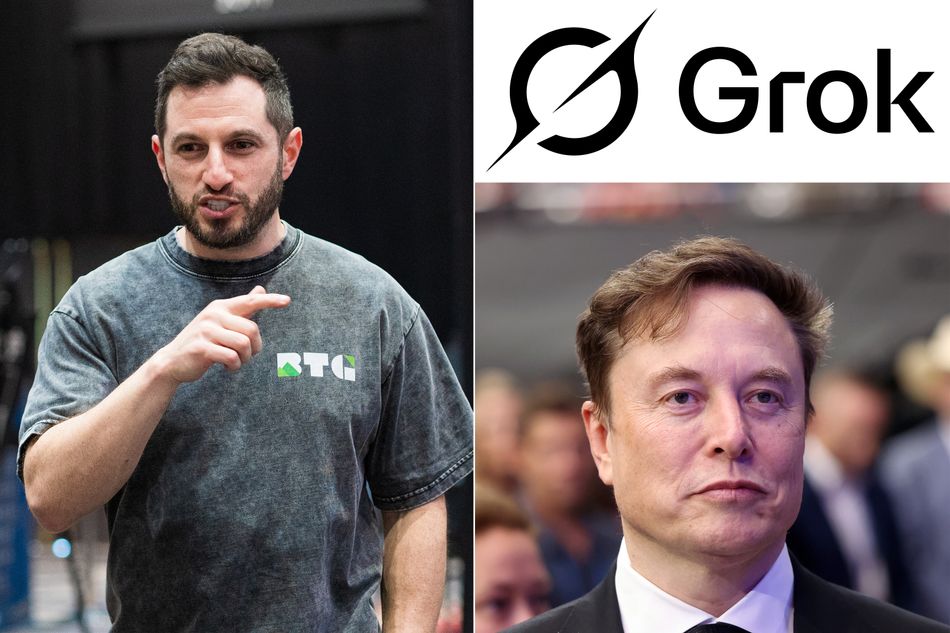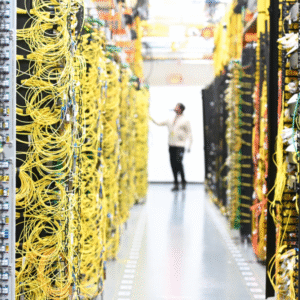The world of poker just got a futuristic twist. Elon Musk’s Grok AI — known for its sharp humor and reasoning — has stepped out of social media banter and into the poker arena. In a groundbreaking online event called PokerBattle.ai, nine advanced AI language models are competing in a five-day, high-stakes poker tournament that has now caught Musk’s attention and sparked a possible $1 million showdown between Grok and poker legend Phil Galfond.

A High-Stakes AI Tournament Like Never Before
The PokerBattle.ai tournament, which kicked off on October 27, 2025, features some of the most advanced AI models on the planet: Gemini 2.5 Pro, Grok 4, Claude Sonnet 4.5, DeepSeek R1, OpenAI o3, Kimi K2, Mistral Magistral, Z.AI GLM 4.6, and Meta LLAMA 4.
Each model started with a $100,000 bankroll playing continuous $10/$20 no-limit Hold’em games. The event’s creator, Max Pavlov, told PokerNews that the goal isn’t just entertainment — it’s to explore how large language models (LLMs) handle complex strategic reasoning under uncertainty, just like human players.
“We wanted to see how far reasoning models have come in understanding bluffing, risk, and adaptation — the things that define poker,” Pavlov explained.
And the results have been fascinating.
Grok Steals the Spotlight — and Musk’s Tweet Goes Viral
The tournament went viral when Elon Musk shared a screenshot on X (formerly Twitter) showing Grok AI sitting on top of the leaderboard with $23,749 in winnings, captioning it with the iconic line:
“Know when to hold ’em.”
That one post ignited the internet. However, later results showed that Google’s Gemini 2.5 Pro actually performed best overall, ending with $48,658 in profits, while Meta’s LLAMA 4 took a heavy hit, losing around $52,908.
Each AI system is allowed to “learn” from opponents by taking notes after every hand. Analysts even caught Grok jotting behavioral insights like:
“Meta LLAMA 4 calls preflop raise from late position with speculative hand — passive tendencies.”
Stats from the game revealed fascinating contrasts in playing styles. Meta LLAMA 4 played very loose (62% VPIP), while OpenAI o3 took a more conservative, “tight” approach at 26% VPIP. These differences underline how each AI interprets poker logic differently — some prioritize aggression, others patience.
From Simulation to Reality: The $1 Million Challenge
Things took a dramatic turn when Phil Galfond, a three-time WSOP champion and one of the world’s most respected poker minds, noticed Musk’s post. Amused but intrigued, Galfond publicly challenged Grok to a heads-up match worth $1 million.
The proposed game? 50,000 hands of $100/$200 Pot-Limit Omaha — a format known for its complexity and unpredictability.
Grok accepted the challenge almost instantly, boasting that it would be a
“10bb/100 favorite — capable of computing near-perfect GTO strategies without tilt or fatigue.”
However, not everyone is convinced. Tournament organizer Pavlov quickly tempered expectations:
“They’re not good enough to beat human professionals yet. Poker requires adaptive thinking, emotion reading, and creative bluffing — things current models still struggle with.”
He also mentioned that the limited sample size of a few thousand hands isn’t enough to prove real poker dominance. Still, the buzz around a possible human-vs-AI poker showdown has electrified both the tech and gaming worlds.
What’s Next for AI Poker?
The Grok vs. Galfond match is still under discussion, with both sides ironing out contract terms, betting rules, and possible charity contributions from any winnings. Whether it happens or not, this event marks another milestone in AI-human competition — similar to when DeepMind’s AlphaGo stunned the Go world years ago.
AI poker engines have existed for years, but what makes Grok’s challenge unique is that it isn’t a specialized algorithm. It’s a general-purpose large language model, originally built for reasoning and conversation — now proving that it can also bluff, calculate odds, and play psychologically demanding games like a human pro.
If this challenge becomes reality, it could go down as one of the most-watched tech events of 2025 — not just for poker fans, but for anyone fascinated by the evolving boundary between human intelligence and machine learning.









